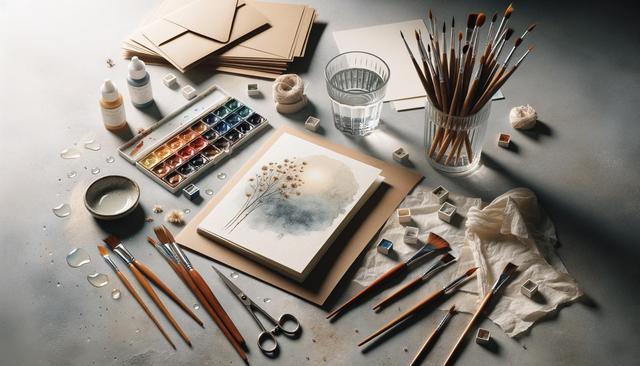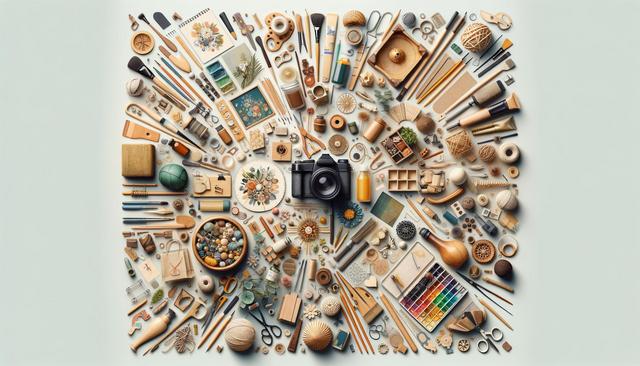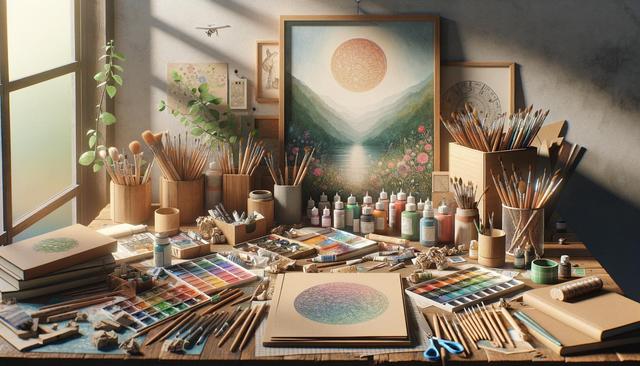The Art of Intricate Line Work in Both Fine Arts and Digital Design
The intricate art of line work seamlessly bridges the worlds of fine arts and digital design, offering a unique perspective on creativity and expression.

The Historical Roots of Line Work in Fine Arts
Line work, a fundamental aspect of fine arts, has a rich history that dates back to ancient civilizations. Artists have long used lines to convey depth, movement, and emotion. From the delicate brushstrokes of Chinese ink paintings to the dynamic lines of Renaissance sketches, line work has been a crucial tool for artists. In ancient Egypt, line work was used to depict gods and pharaohs, emphasizing their divine status through precise and elaborate outlines. During the Renaissance, artists like Leonardo da Vinci employed line work to explore human anatomy and perspective, laying the groundwork for modern artistic techniques.
Line work in fine arts is not just about outlining objects but also about creating texture and contrast. Artists utilize different line techniques, such as hatching and cross-hatching, to add dimension and shading to their work. These techniques allow artists to experiment with light and shadow, bringing their compositions to life. Furthermore, line work can also convey emotions and narratives. For instance, the swirling lines of Vincent van Gogh’s paintings evoke a sense of movement and intensity, reflecting the artist’s emotional state.
The Evolution of Line Work in Digital Design
With the advent of digital technology, line work has found a new medium in digital design. Digital tools offer endless possibilities for artists to experiment with lines, enabling precision and flexibility that traditional media cannot match. In digital design, line work is used extensively in vector graphics, where artists create scalable designs with clean, crisp lines. This technique is particularly popular in logo design, typography, and illustration.
Digital line work also allows for the creation of complex patterns and textures. Artists can layer lines to build intricate designs, adjust opacity for depth, and use software tools to replicate traditional techniques like stippling and etching. The use of digital tablets and styluses has made it easier for artists to transfer their skills from traditional to digital media, blending the best of both worlds. Moreover, digital line work can be animated, adding a dynamic element to designs that was not possible with traditional methods.
Techniques and Tools for Mastering Line Work
Mastering line work, whether in fine arts or digital design, requires understanding and practice of various techniques. For traditional artists, tools such as pens, brushes, and pencils are essential. Each tool offers different possibilities for line thickness, texture, and fluidity. Artists often experiment with:
- Graphite pencils for precise shading and fine details
- Ink pens for bold, graphic lines
- Brushes for fluid, expressive strokes
In digital design, software such as Adobe Illustrator or CorelDRAW is commonly used for creating line work. These programs offer vector tools that allow artists to manipulate lines with precision. Digital artists can experiment with line width, curvature, and color, creating versatile and dynamic compositions.
Understanding the principles of line weight and balance is crucial for both traditional and digital artists. Line weight refers to the thickness and darkness of a line, which can affect the emphasis and mood of a design. Balancing line work involves distributing lines evenly across a composition, ensuring visual harmony and coherence.
Line Work as a Form of Expression
Line work transcends mere technical skill; it is a powerful form of expression. Artists use lines to convey emotions, tell stories, and explore abstract concepts. Line work can be minimalist or elaborate, each style offering a different narrative. Minimalist line art strips away details, focusing on the essence of a subject, while intricate line work invites viewers to explore complex patterns and hidden meanings.
In contemporary art, line work is often used to challenge traditional boundaries and explore new ideas. Artists might use lines to depict societal issues, personal experiences, or imaginative worlds. The versatility of line work allows artists to communicate with audiences on multiple levels, from straightforward representation to abstract symbolism.
Moreover, line work is not confined to two-dimensional art. Sculptors and installation artists use lines to create three-dimensional forms, exploring space and structure in innovative ways. Whether in sculpture or digital media, line work continues to be a dynamic and evolving form of artistic expression.
Conclusion: The Timeless Appeal of Line Work
The art of intricate line work remains a vital and inspiring component of both fine arts and digital design. Its historical roots and modern applications demonstrate its enduring appeal and versatility. As artists continue to explore the possibilities of line work, they bridge the gap between tradition and innovation, creating works that resonate with audiences across generations.
Whether through the delicate lines of a drawing or the precise vectors of a digital design, line work offers a unique language for artists to express their creativity. Its ability to convey emotion, tell stories, and explore abstract concepts ensures that line work will continue to be a significant aspect of artistic practice. As technology advances, the potential for line work in digital design will only grow, offering new opportunities for artists to push the boundaries of their craft.





